A wine tourism journey into the heart of Portugal
by on 13.07.2018
I returned in June this year for the MUST Wine Summit and a wine tourism journey that would take me from Madeira Island to Alentejo in the South and North through the Douro Valley. The beauty of Portugal is that it is just 218 km wide and 561 km long, making it possible to explore quite a bit of the country in a week. Having said that, Portugal is incredibly diverse and will surprise you with the depth and quality of experience, the warmth of hospitality and value for money offering.
Madeira Island
After four days in Cascais, speakers and media attending MUST Wine Summit were whisked away to the Portuguese island paradise of Madeira for a twenty-four hour adventure in wine and island life. The subtropical island off the northwest coast of Africa is volcanic, green and rugged, with high cliffs, pebbly beaches and lush vineyards that grow at crazy steep angles along the mountains and hillsides along the Fajã River. Madeira was not what I expected and knocked the breath from my body.
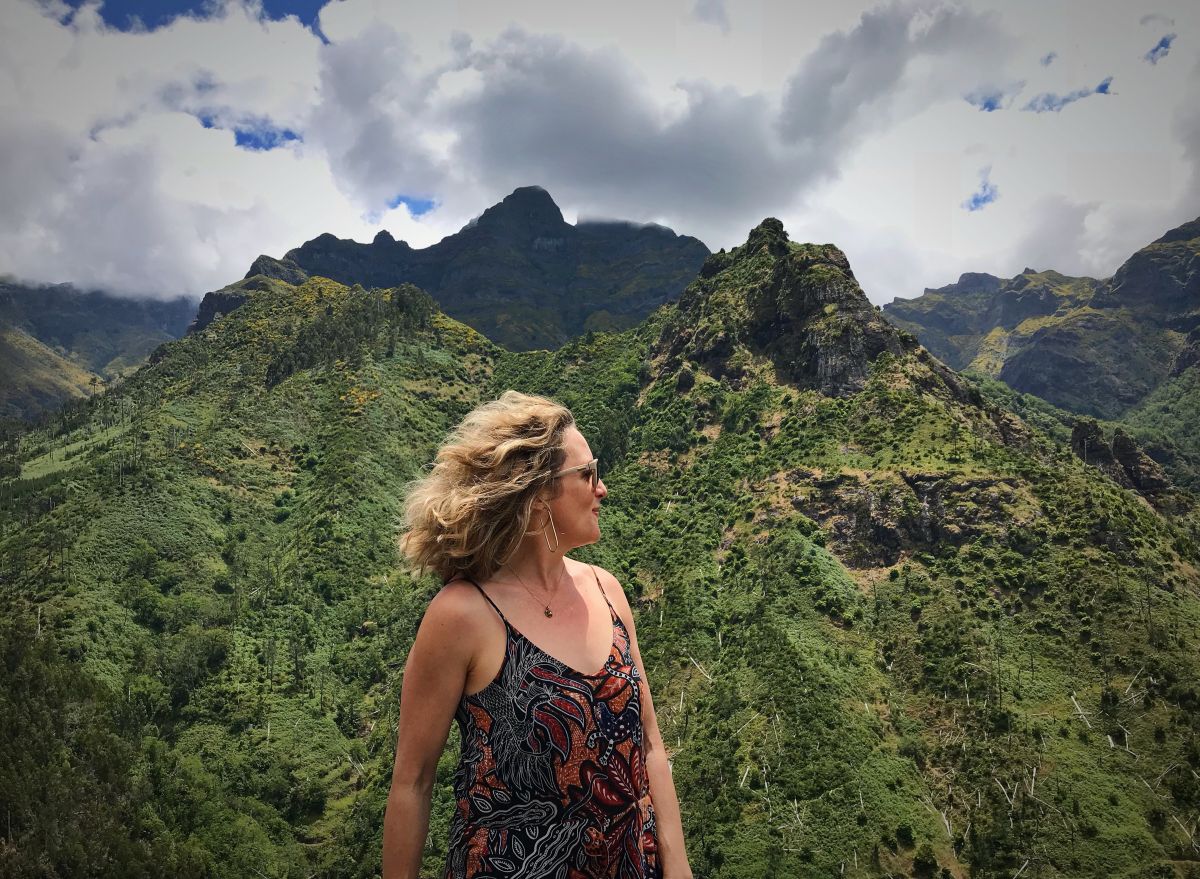
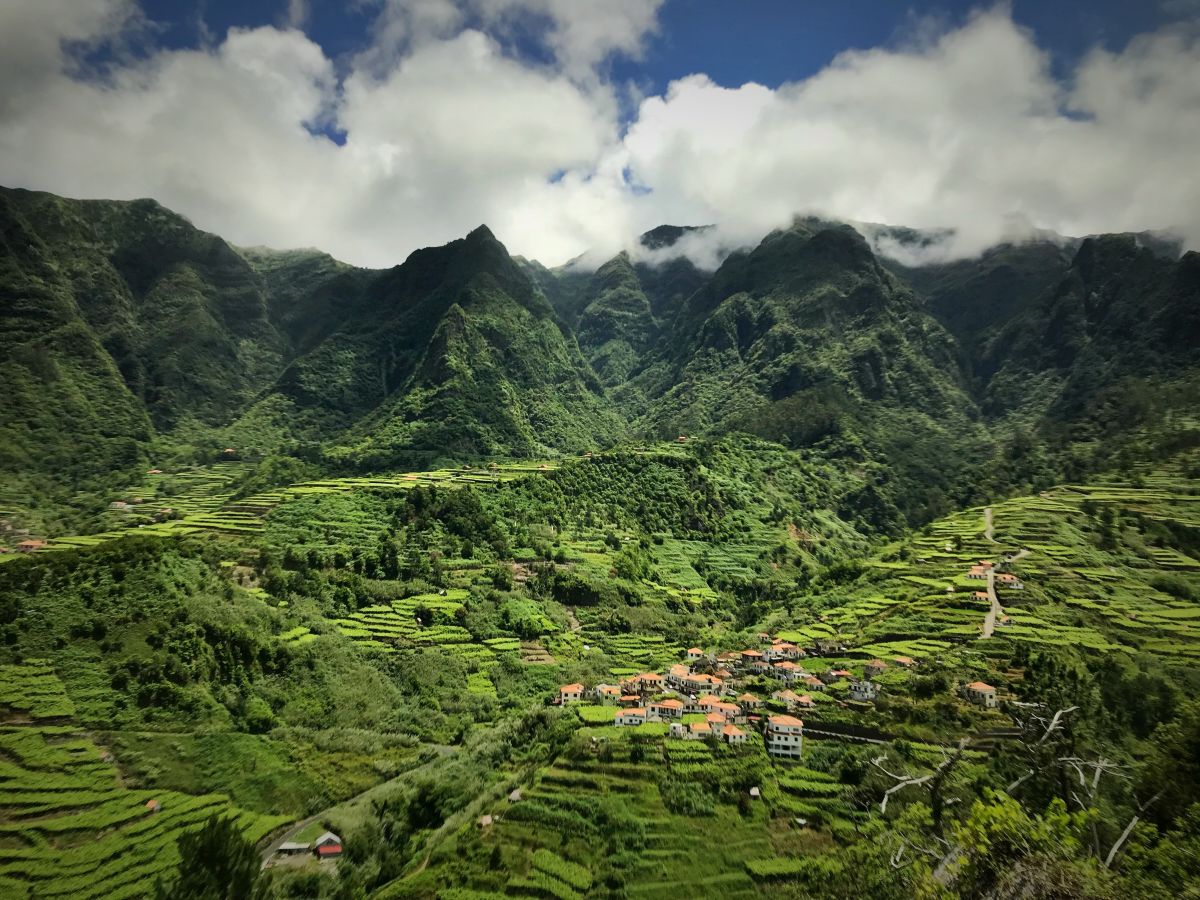
Our bus driver, Rui, was a gem, welcoming us with humour and sharing fascinating stories about the island, its people and its bananas as we drove from the south to the north of the island and the village of Saõ Vicente.
Madeira is not as touristy as I thought it would be and brims with culture and friendly islanders eager to share stories of Madeira over a few glasses of good Madeira wine, delicous food and of course some sweet bananas, which they believe are the tastiest in the world. Madeira is a wine tourism paradise with amazing hiking possibilities and an excellent culinary destination with easy access to fresh seafood and exotic fruits to complement the unique Madeira wines. Pair that all with the spectacular scenery and some friends and you have a feast like no other.
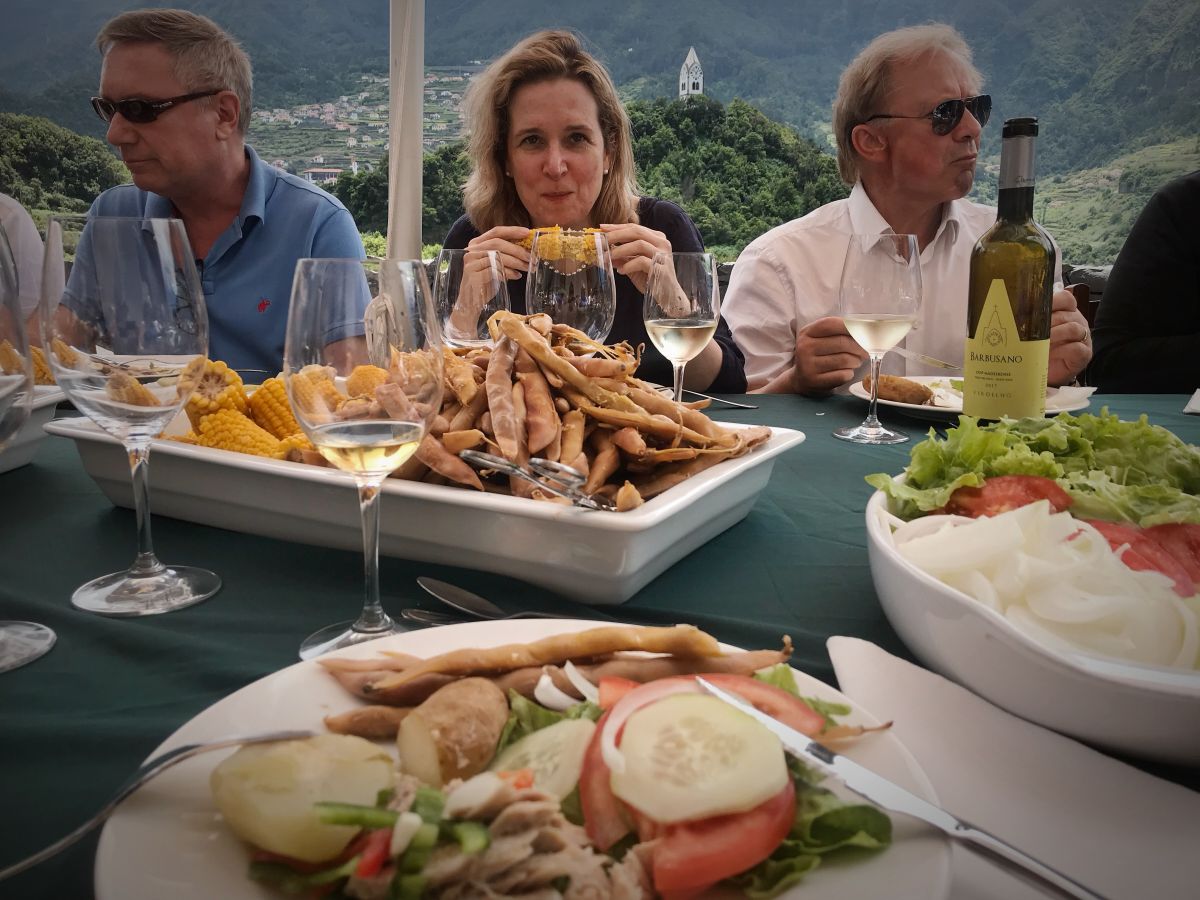
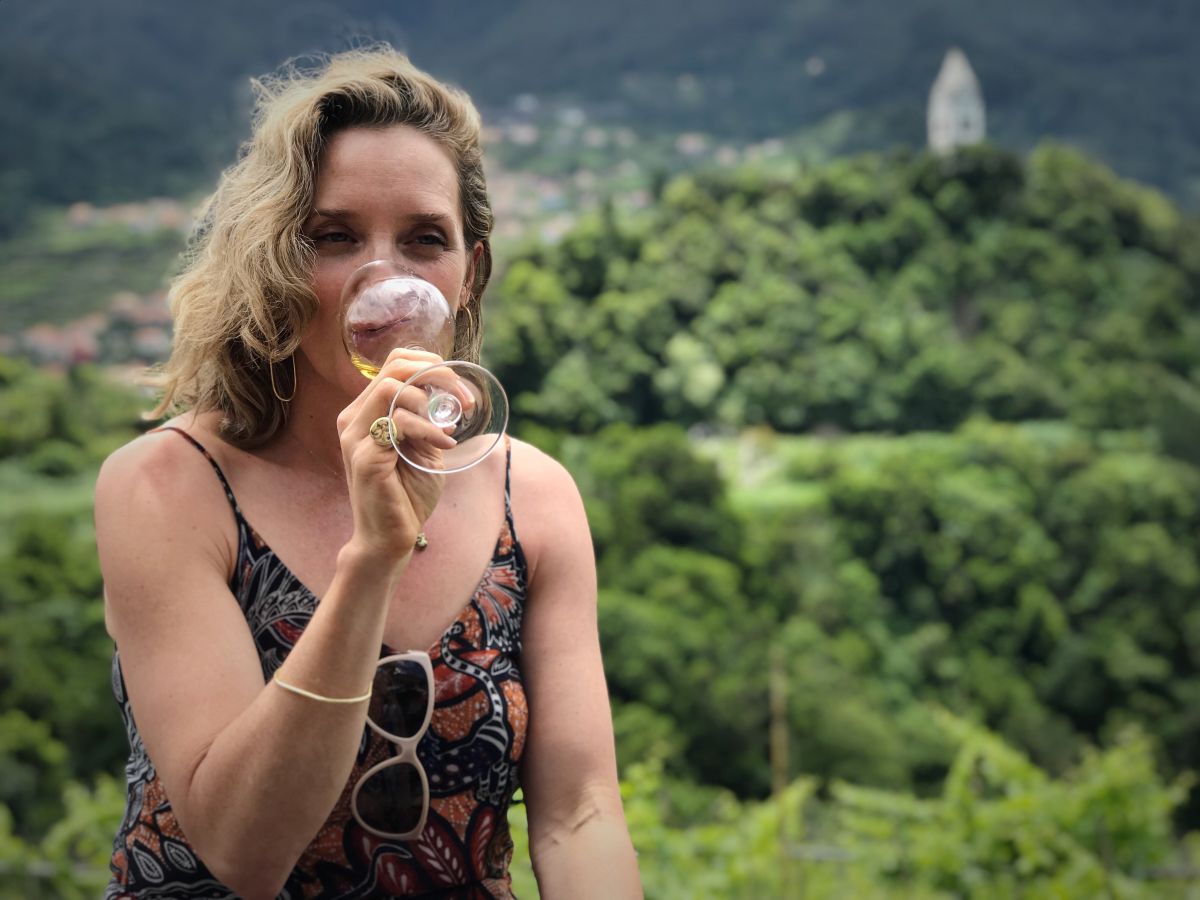
João Portugal Ramos Wines and Vila Santa Winery
After an early morning flight from Madeira back to mainland Portugal, I continued my wine tourism journey with a Sunday feast at Vila Santa in Estremoz with Joao Portugal Ramos and his family. It was the perfect introduction to the wines, lifestyle and stories of the Alentejo wine region.
When you walk into the beautiful red wine cellar, the perfume of the new French oak barrels and the classical music that plays at all times in the cellar transport you to another world. It is no wonder the wines are so good, this family is all heart and passion.


The beautiful Marquês de Borba wines turned the delicous homemade Sunday lunch into a feast. It was such a treat to taste the iconic 2011 Marquês de Borba Reserva and get a first taste of João’s new experiment, a perfectly balanced, soon to be released, dessert wine with just the right amount of acidity.


A princess for a night in Lisbon
Lisbon might just be my favourite city in Europe. It has a laid-back charm; moderate climate with nearby beaches, vineyards and castles and a big, warm personality that makes you want to stay forever. It is cool, fun, creative, affordable and not (yet) as crowded as other European capitals with great food, a pulsating nightlife and the perfect balance between tradition and modernity.
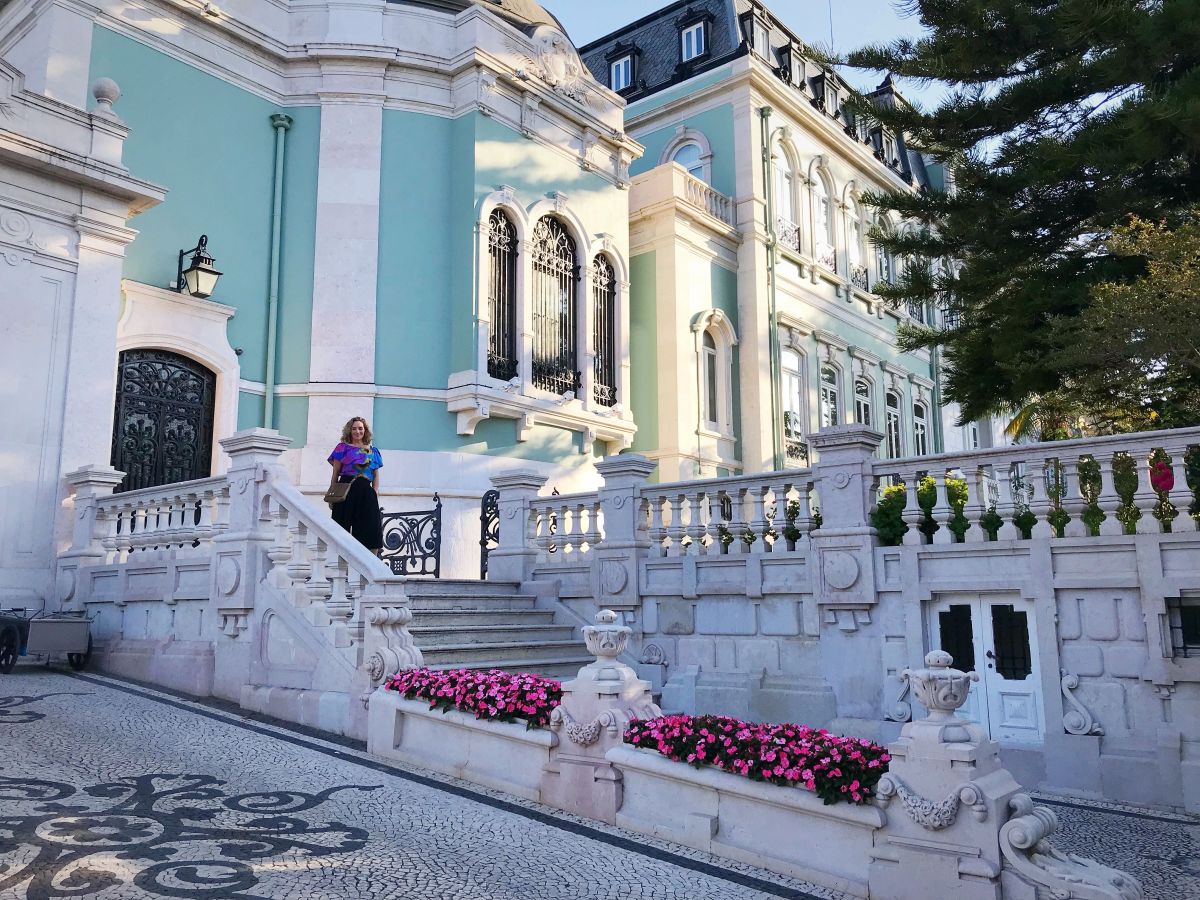
I felt like a modern day princess staying at the glamorous Pestana Palace Lisboa. Built in 1904 by a cocoa baron, who surrounded it with a lush garden of subtropical trees, it’s an oasis in the historic neighbourhood of Belém.
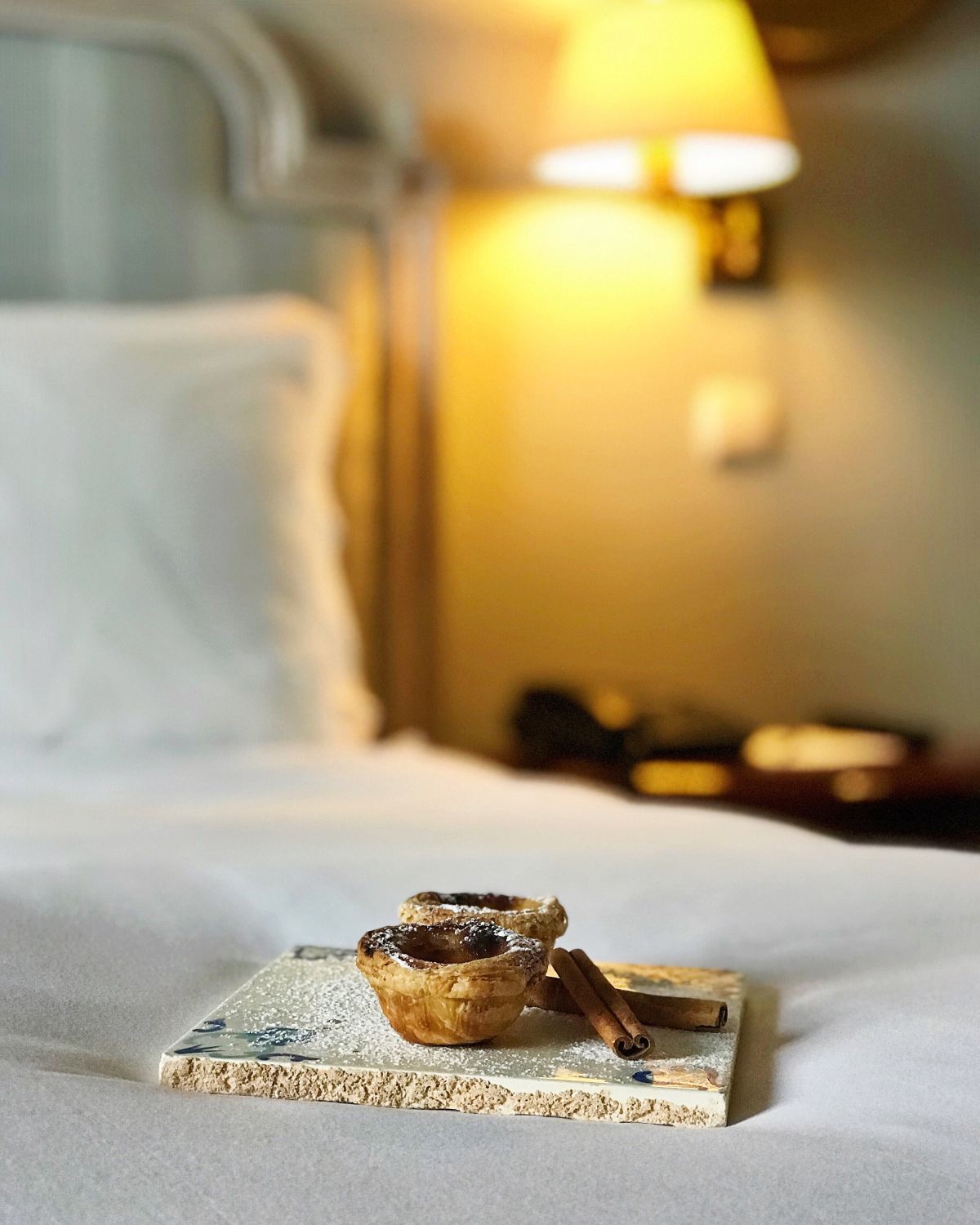
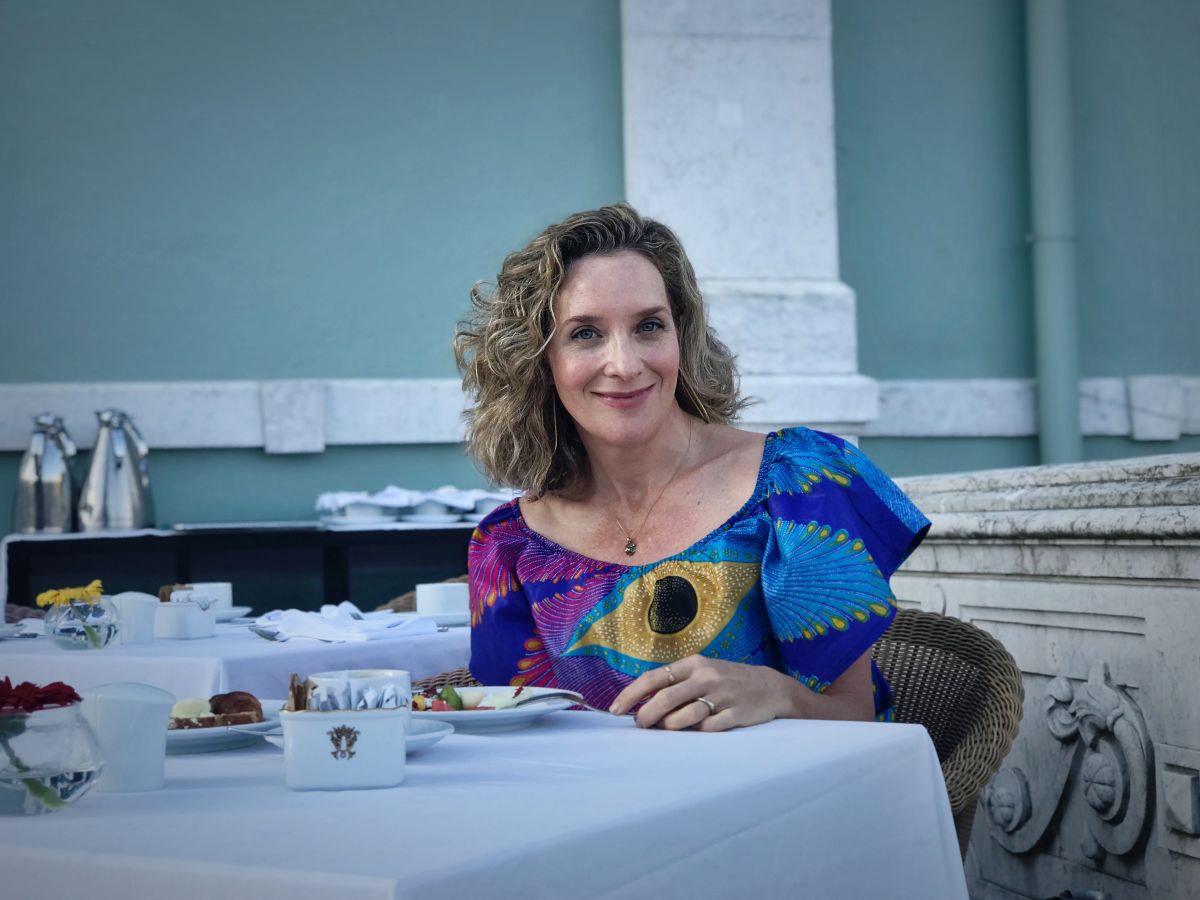
After an early morning swim and breakfast I left my palace behind and headed north to Porto and a few days in the Douro Valley. I have heard a few people claim that the Douro really is the one wine region that could be more spectacular than our own Cape Winelands and I must say, it is a close contest.
Going North to Porto
If you think Lisbon is great, then rural Portugal will take your breath away.
What I love most about Portugal is its true sense of place, celebrated so passionately by locals. It is truly authentic and I loved seeing how each place I traveled to embrace and celebrate their local distinctiveness and quirky character.
If Lisbon is the capital of cool, Porto is traditional Portugal at its best, tempting you to linger for long, slow seafood dinners, strolls along the Douro river and getting lost in the rambling old town with its beautiful buildings adorned with tiles and sloping, cobbled streets.
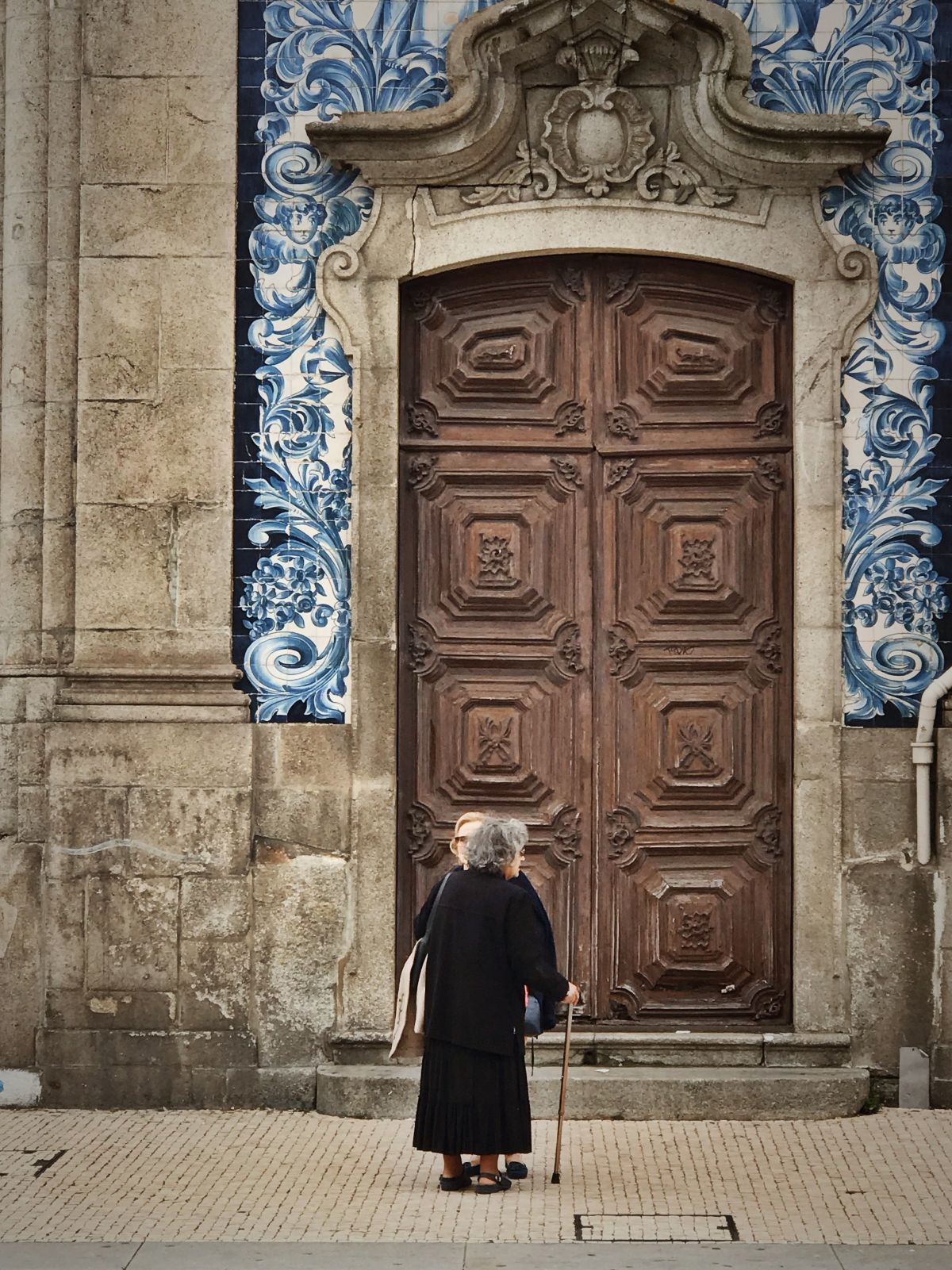
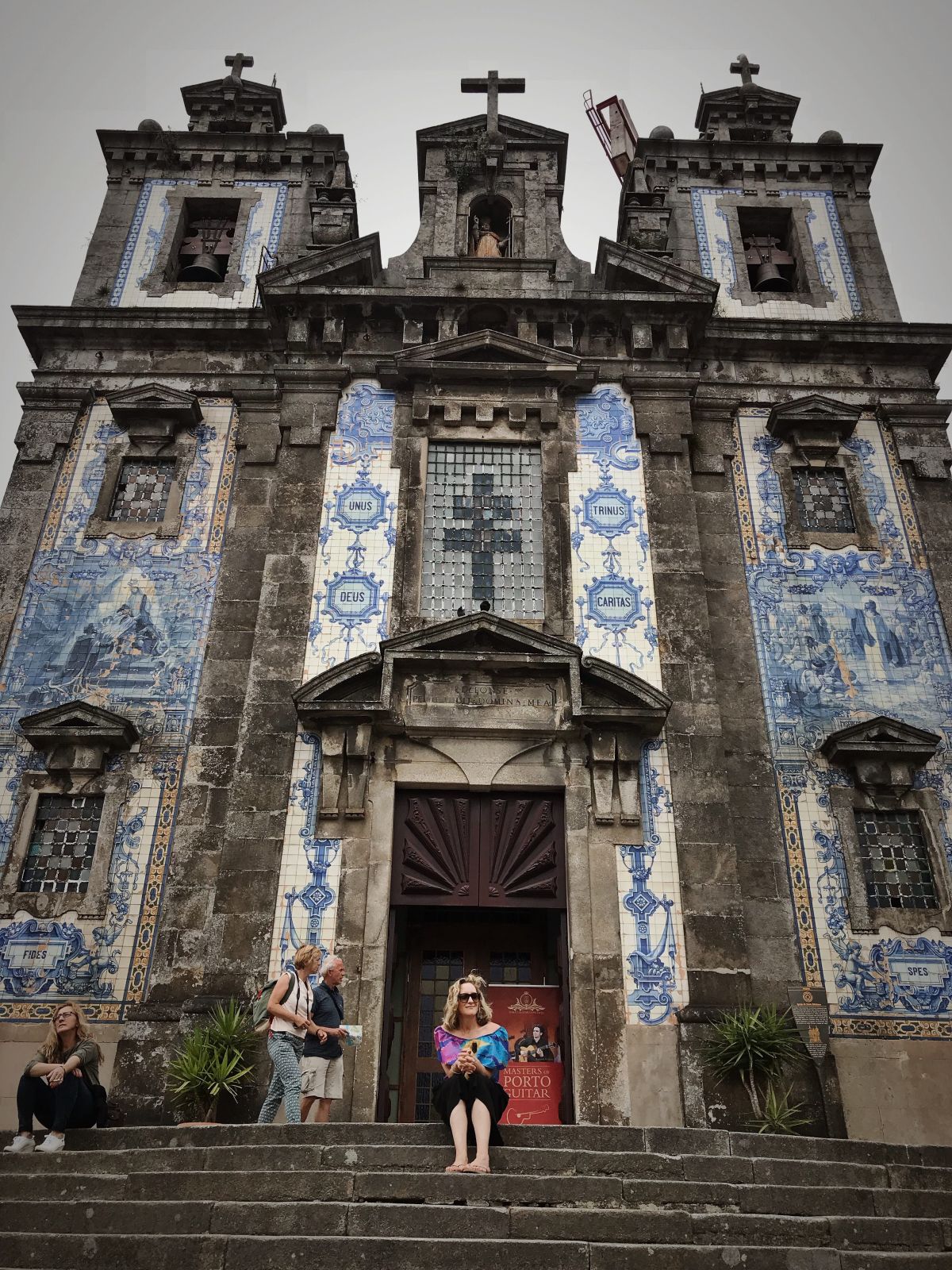
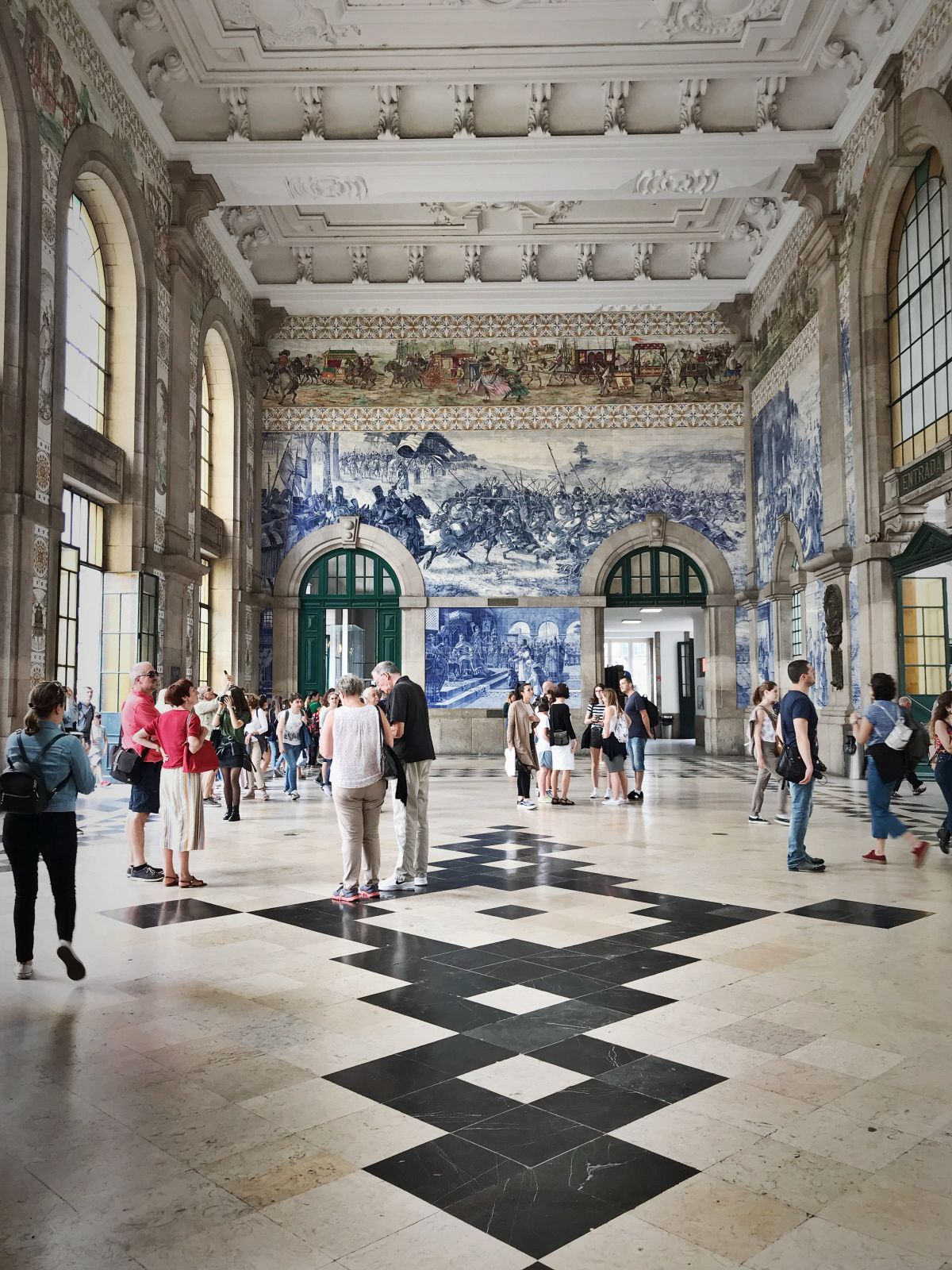
The historic Port cellar house of Adriano Ramos Pinto is a must visit. It dates back to 1880 and is a great showcase of the art and history of Port making. I enjoyed the 2011 Vintage and the 20 year old Tawny, best enjoyed on a cold winters evening in front of a roaring fire.
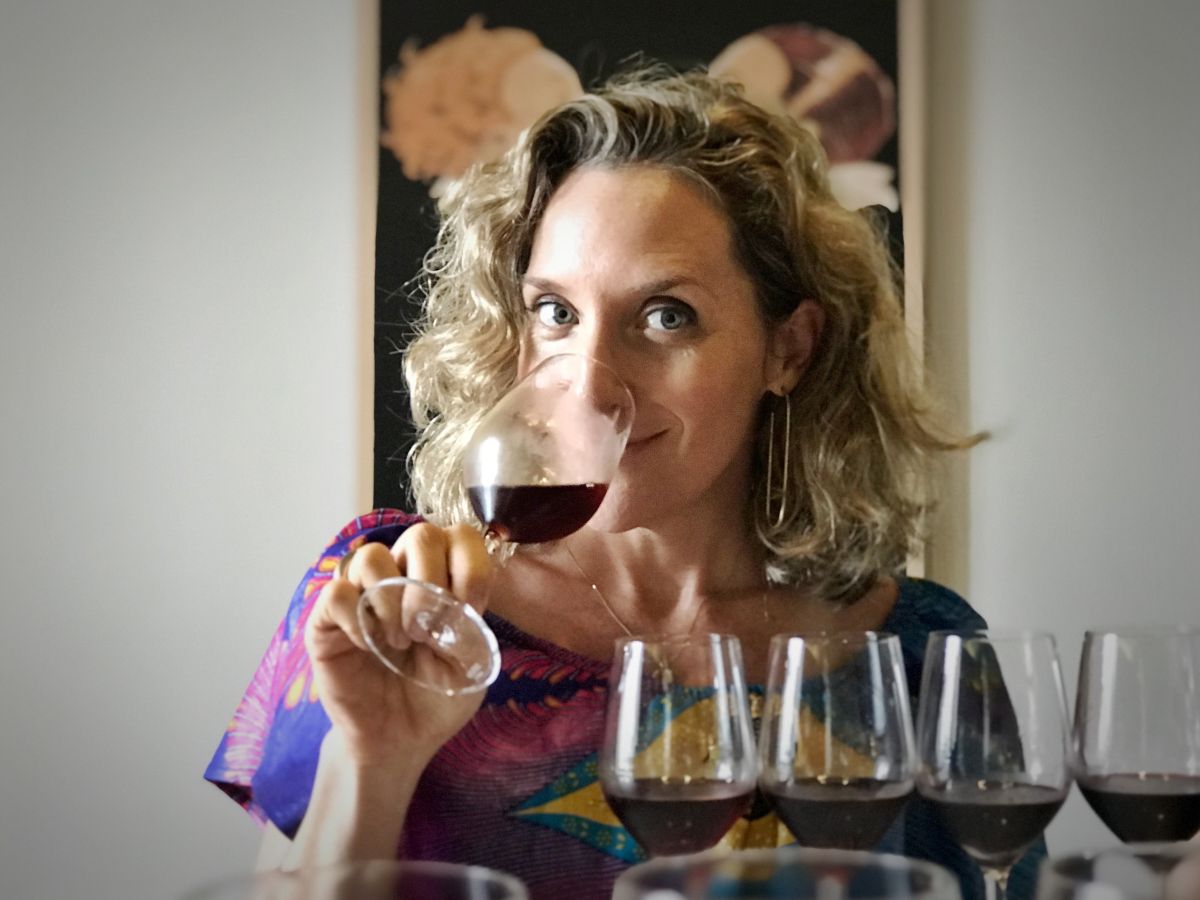
After the early morning Port tasting I was in need of food and my lunch date with The Orangerie at the iconic Yeatman hotel was just perfect. With the best views of Porto, from what was always considered the wrong side of the river, I tucked into the Octopus starter, followed by a delicious John Dory Pot paired beautifully with wines from the Douro Valley. The hotel pays tribute to Portugal’s wine legacy with an award winning wine list and clever use of wine inspired design details throughout the hotel.
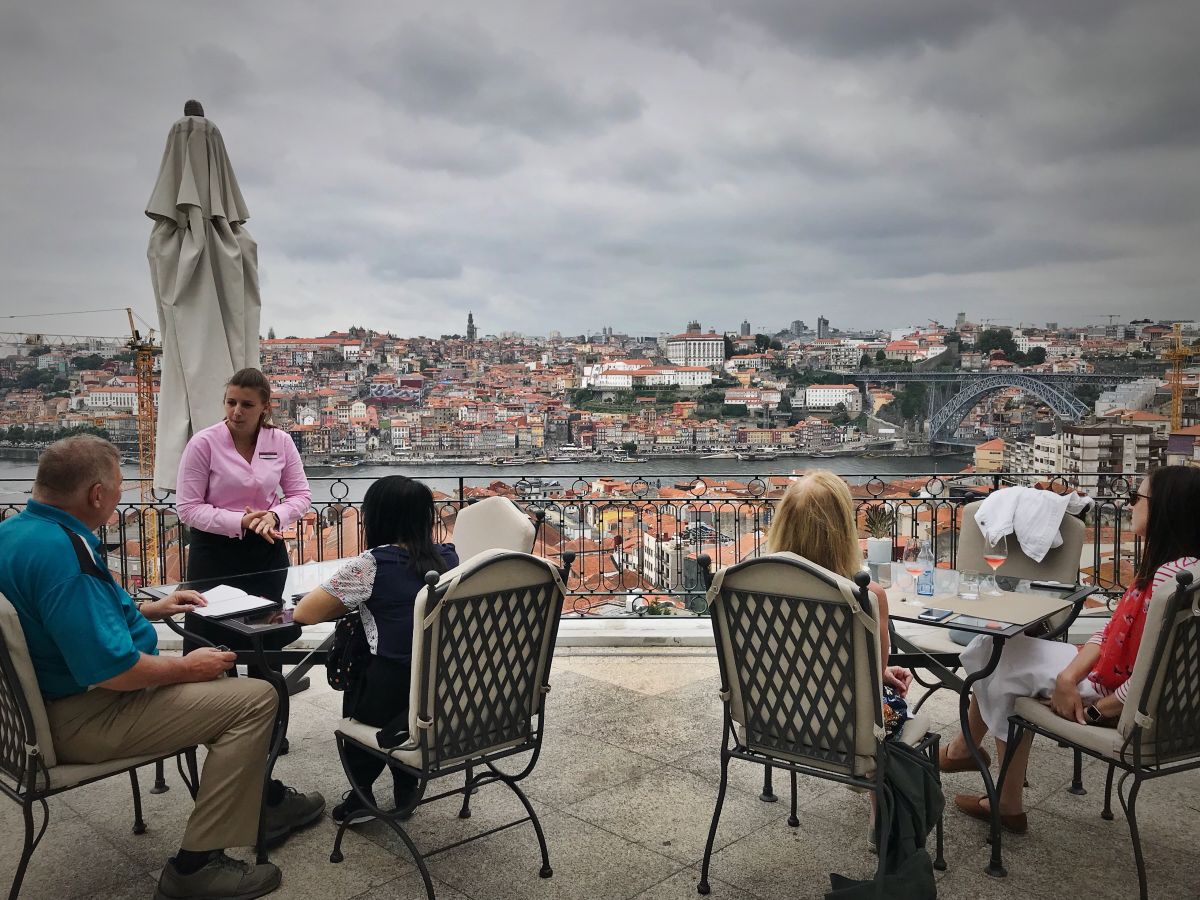
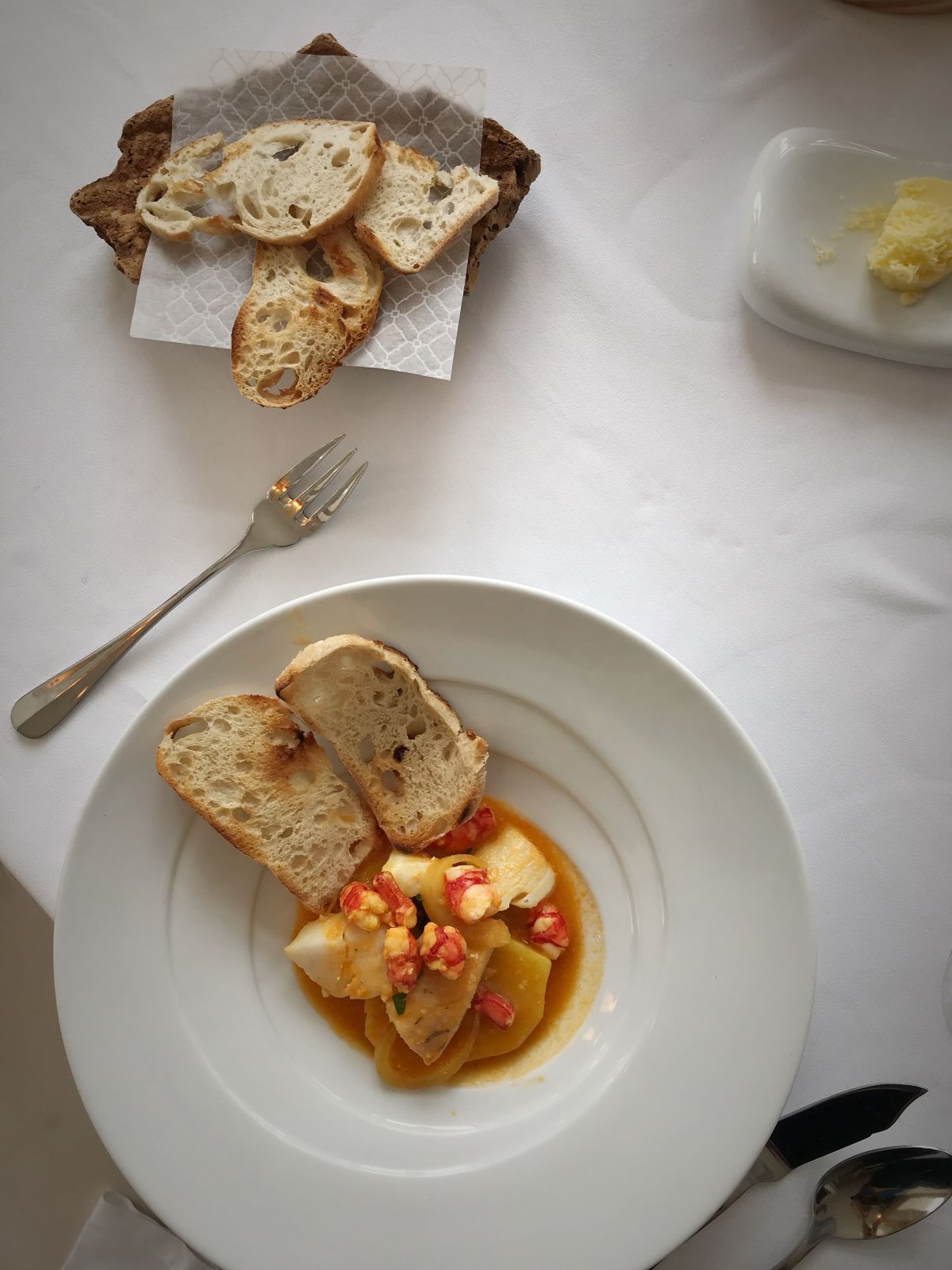
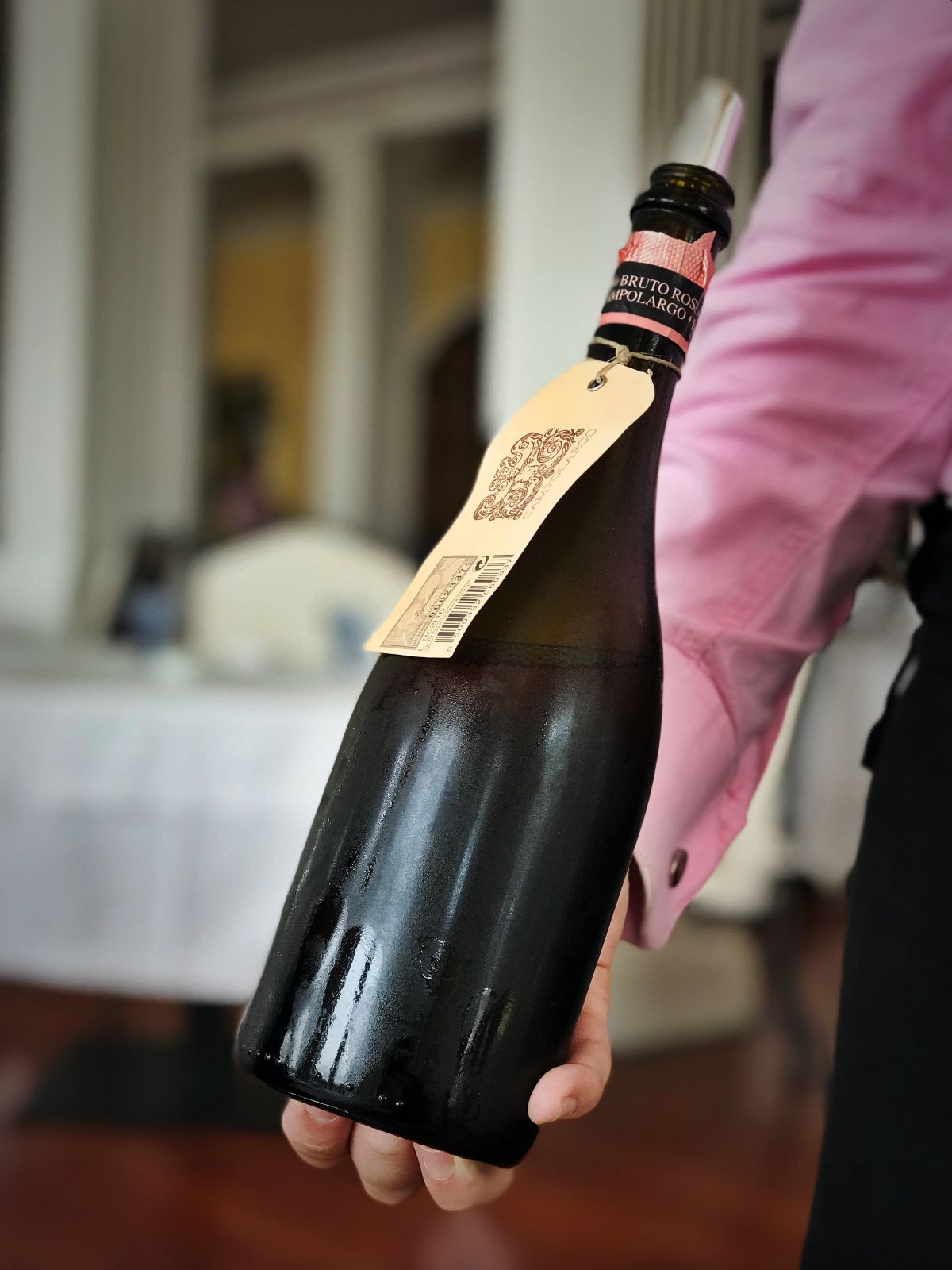
For more Porto inspiration, here is Porto in 40 pictures and 20 songs by my friend and legendary storyteller, Kash Bhattacharya. Follow him at @BudgetTraveller for more wanderlust inspiration.
The Douro Valley
It was time to head into the Douro Valley. A UNESCO World Heritage Site since 2001, the Douro Valley is a place of wonder and one of the oldest demarcated wine regions in the world. The majestic Douro River is a powerful presence and is what gives this valley such a unique sense of place. Whether you are a wine lover or just keen to go beyond the expected, take the time to immerse yourself into this special part of Portugal. You will discover that it has a lot more to offer than good wine, and trust me, the wine is very good.
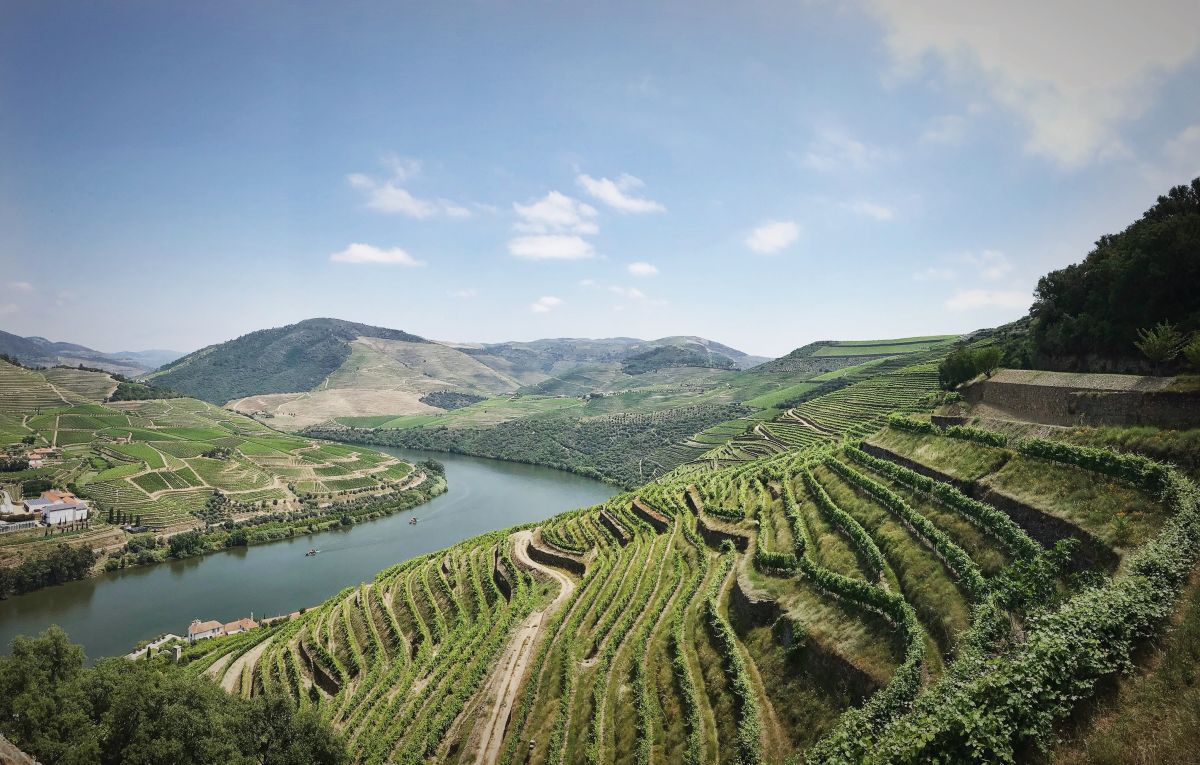
Wine Tourism doesn’t get much better than waking up amongst the vineyards of the Douro Valley in your own Port barrel inspired room. Quinta da Pacheca really gets the importance of wine tourism with a wine hotel, fine dining restaurant, cellar tours, function venues, bicycles to explore the area with and the new port barrel rooms complementing their wine offering.


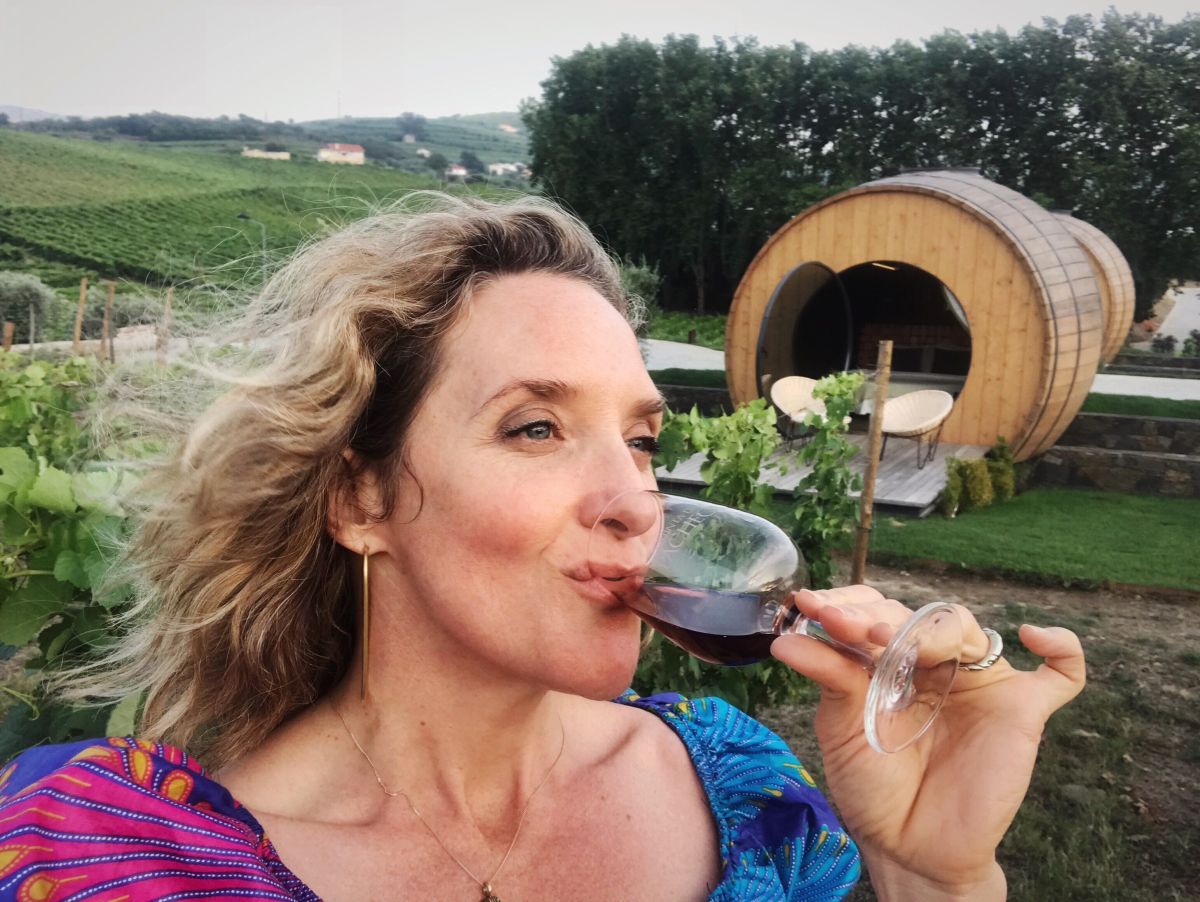
Let me warn you, Portugal will leave its footprints all over your heart. Our next stop was Quinta das Carvalhas. I learnt more about wine, terroir, biodiversity, the Douro Valley and life in general in two unforgettable hours from the passionate viticultural manager, Alvaro Martinho Lopes, than I’ve learnt in the last forty years.
He loaded us into his Jeep for a tour of the estate and a lesson in life crammed with colourful tales and personal reflections as we stared out over the Douro Valley and River with the green, natural vineyards testimony of a commitment to farming in harmony with nature. We ended the tour with a tasting and a song that had me in tears. Alvaro is a national treasure, a philosopher, a damn fine viticulturist, a scientist, a poet, a musician and the best storyteller I’ve ever met.

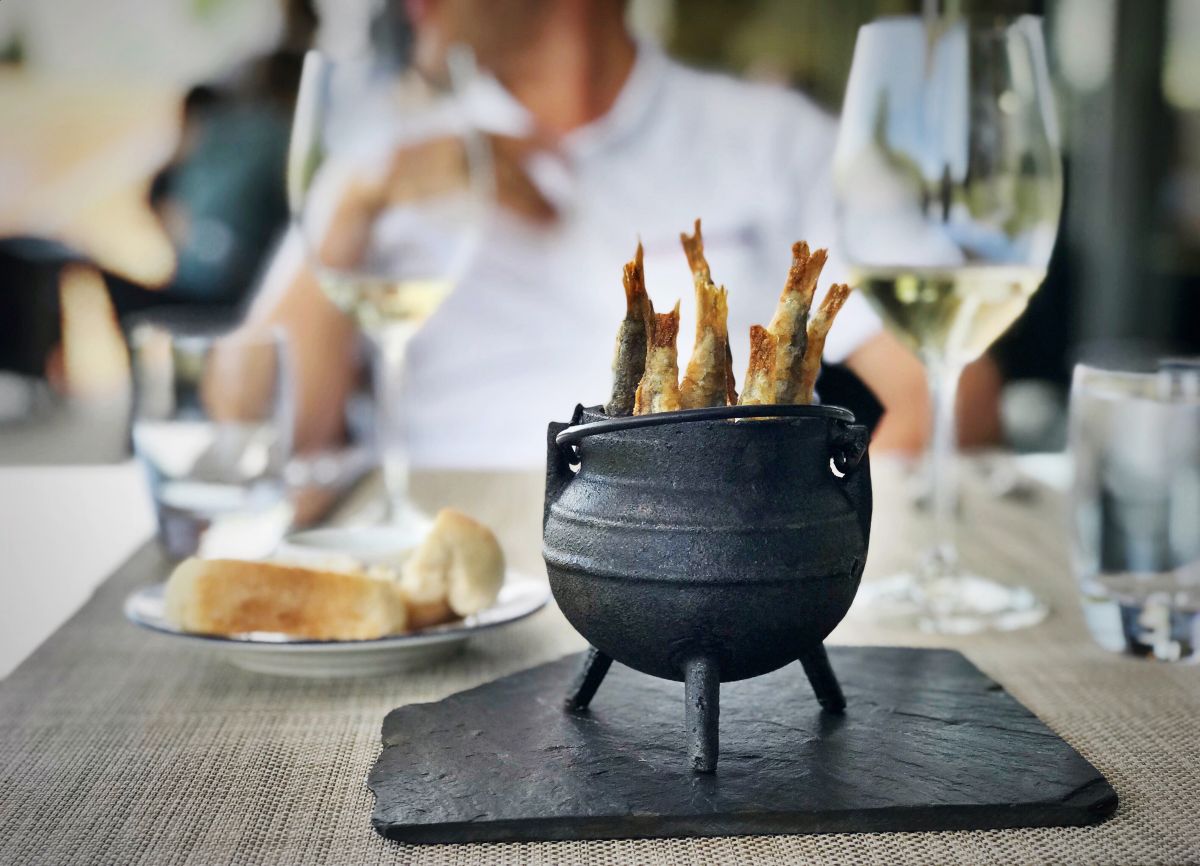
Everything tastes good in Portugal. This was one of my favourite meals in the Douro, enjoyed next to the Douro River at Quinta de Larrosa; deep fried sardines served with a wicked tomato aioli and of course, fresh Portuguese bread and local olive oil.
Portugal does museums well
I visited two really cool museums during my trip. Both were living museums where history was dusted off and brought to life, presented in a contemporay and interactive manner with excellent use of displays, local art, retail and believe it or not, the chance to enjoy really good food and wine from the region at their restaurants. Why can’t all museums be like this!
The Douro Museum in Peso da Régua was established in 1997 and is managed by a foundation in partnership with government and private sector partners. It is a fantastic representation of the history of Port making complete with a good restaurant, art exhibitions, a retail shop, library, reading room and wine bar all overlooking the Douro River. Entrance is just six Euros, which includes a glass of Port, or for eigteen Euros you can enjoy the museum and a delicious meal at the restaurant.
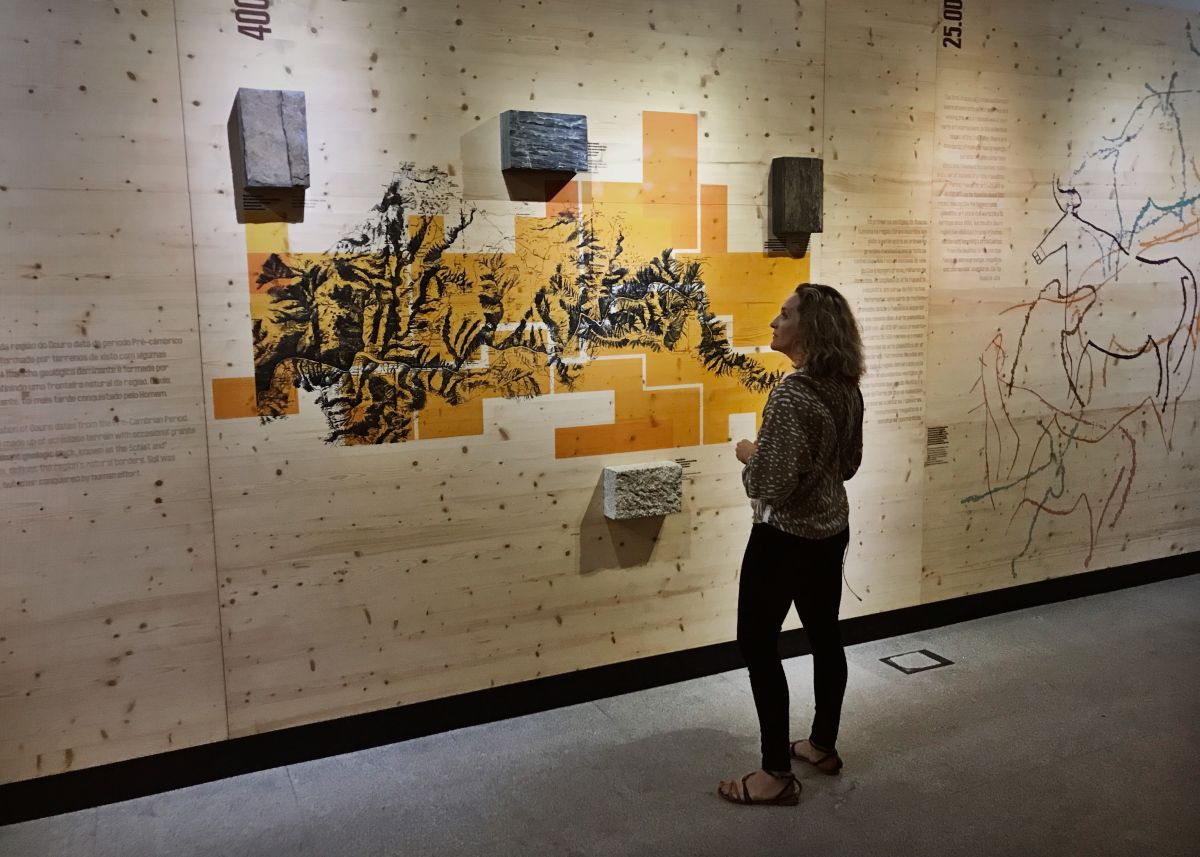
History, rock art and off the beaten track discoveries
The second museum I visited was the Côa Museum, an architectural and technological master piece designed by Portuguese architects Pedro Tiago Pimentel and Camilo Rebelho. It rises majestically over the Côa Valley, declared a Unesco World Heritage Site in 1998 and home to some of the world’s rarest open-air Palaeolithic rock art sites. The museum transports you back thousands of years, contextualizing and unfolding Côa’s rock art through multimedia resources, photography, drawing and the use of life sized images of the engravings and the places. It is truly remarkable and you should give yourself enough time to explore the museum, enjoy a good meal with wines and olive oils from the region and go on a tour of some of the rare open air sites.
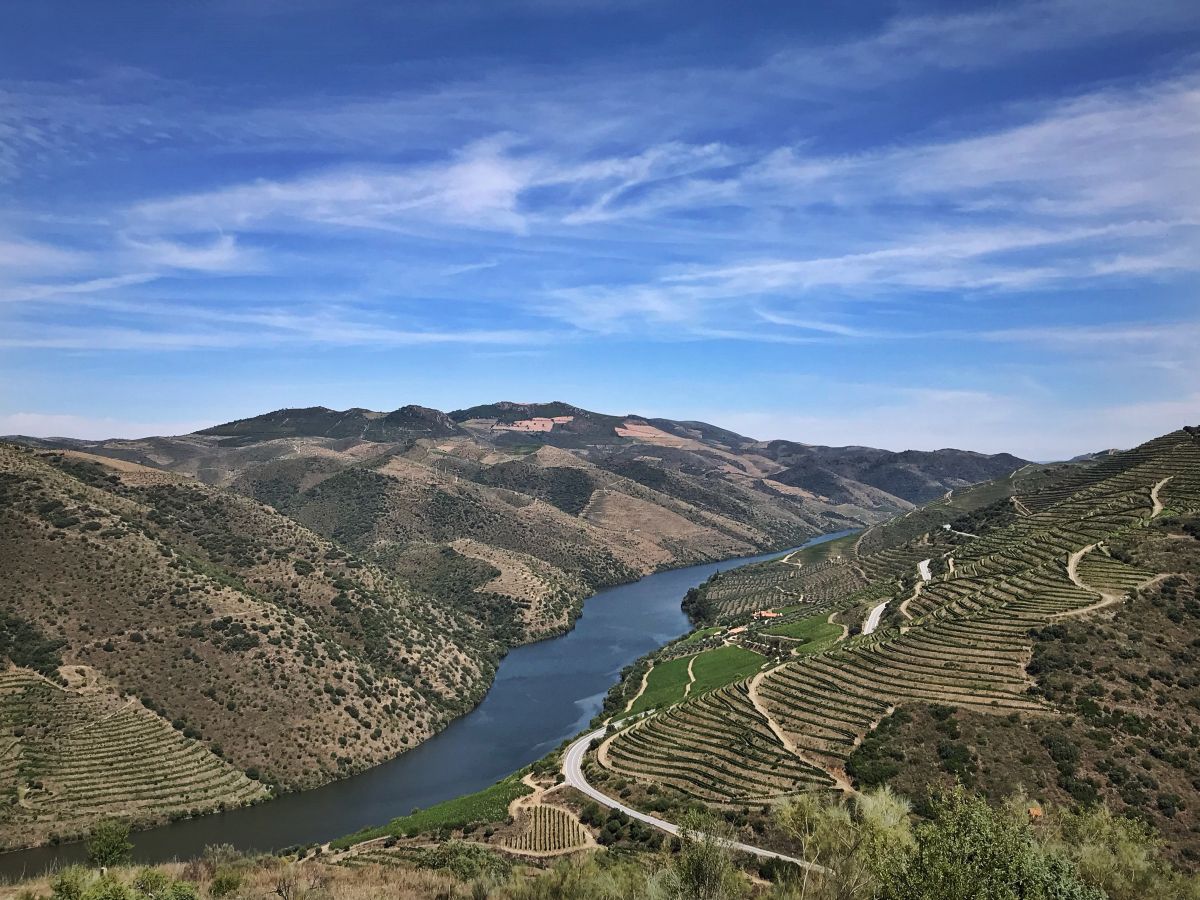
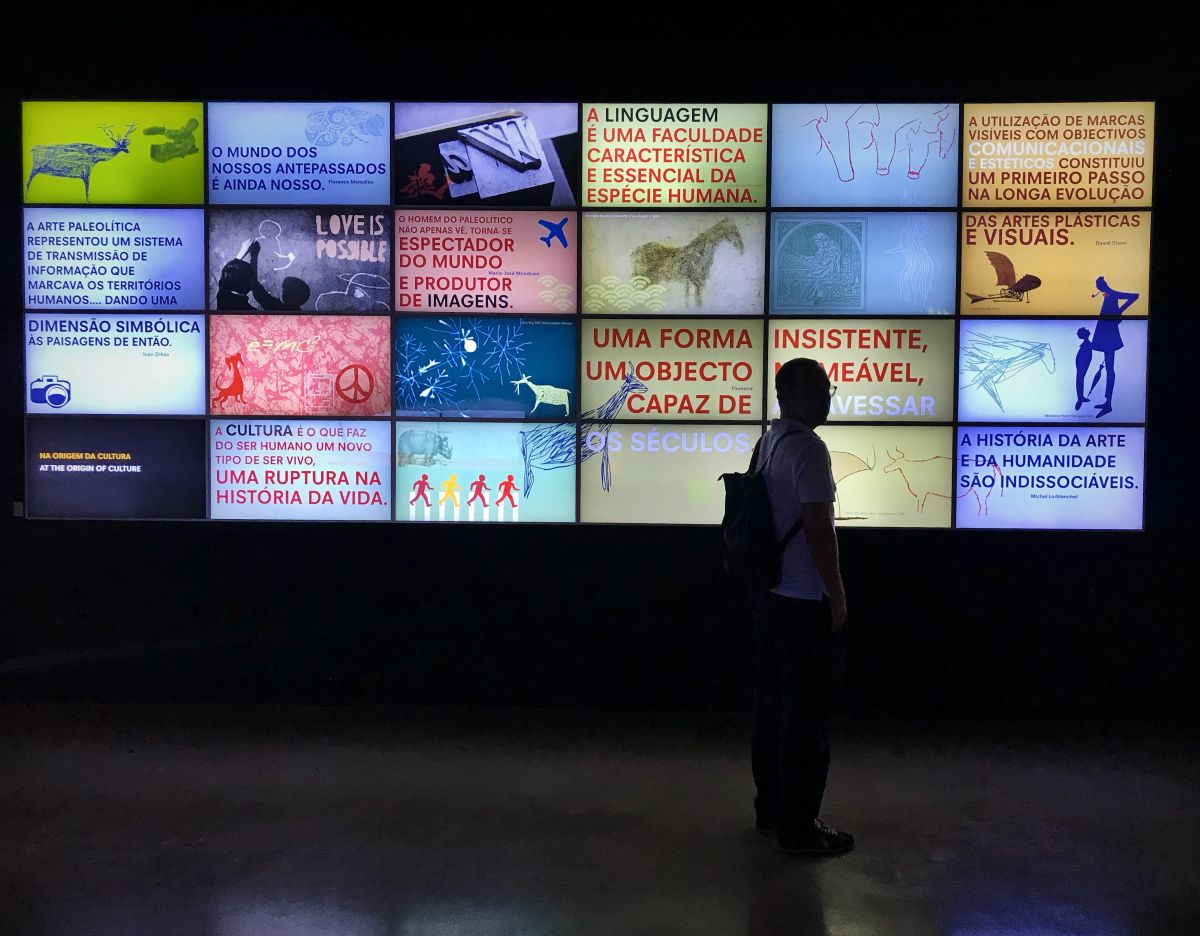
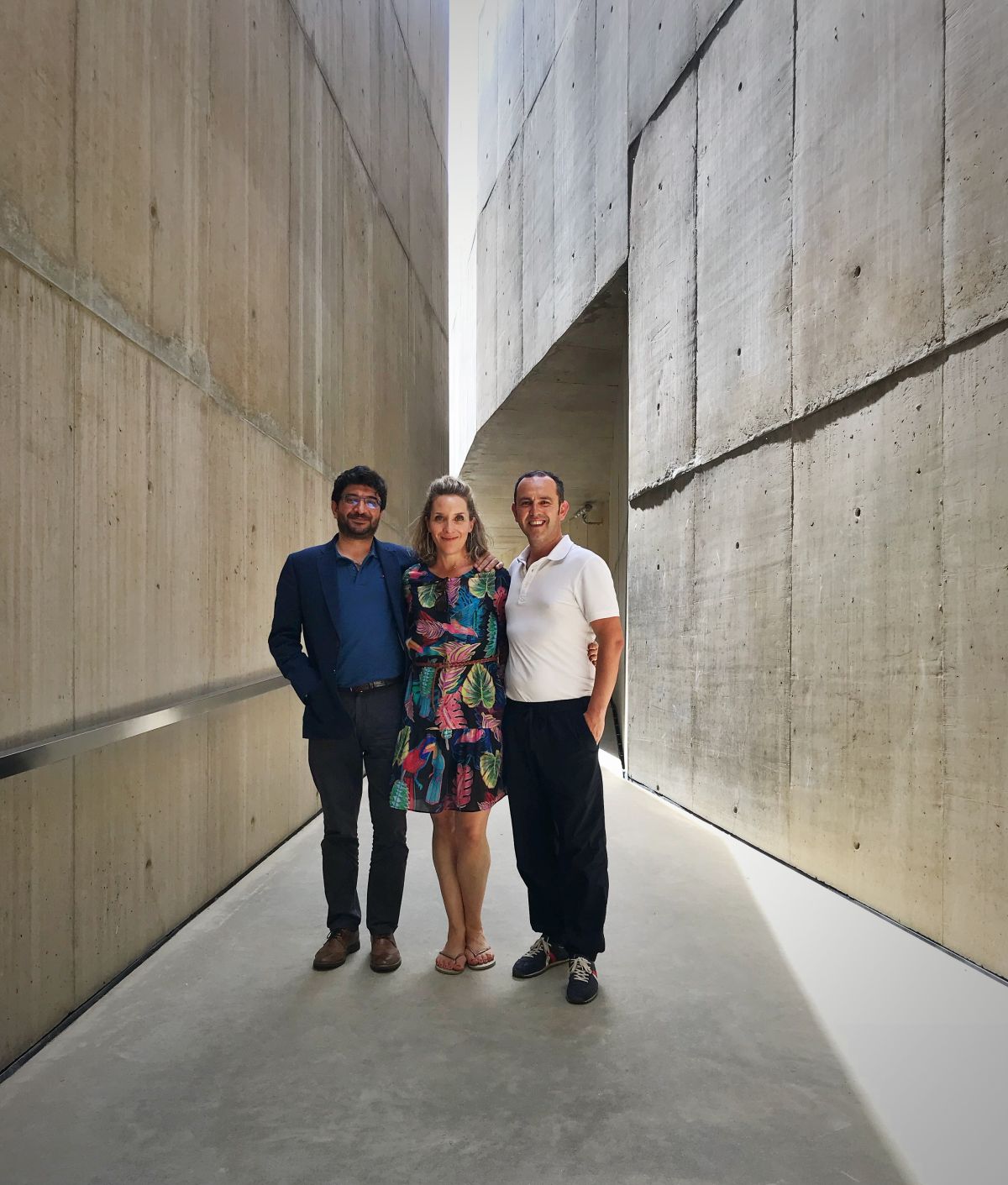
Like all memorable places, the museum has a good story and even a rap song dedicated to the struggle and protest action by locals and students to save the Valley and sacred sites from being dammed up.
The museum works in close partnership with wineries in the region to protect the sacred sites of the Côa Valley. One such an estate is Quinta da Ervamoira. The estate is part of the Ramos Pinto family and has a number of rock art sites with a great interpretation centre that gives visitors a good overview of the region, the rock art and the wines. I could sit and stare out over the magnificent Douro Valley for hours from the deck, sipping on a good glass of wine and snacking on fresh figs and almonds grown on the farm.

Talking about museums, you should stop in at Casa de Mateus on your way to the Côa Valley. Famously depicted on bottles of Mateus Rosé, the 18th century Casa de Mateus is one of Portugal’s iconic baroque masterpieces. Surrounding the palace is a fantasy of a garden, with boxwood hedges and a fragrant cypress tunnel. It is all just magical, but this view with the submerged statue of a woman is my favourite memory.

Douro hospitality
You don’t have to travel far to find fabulous places to stay in the Douro Valley. From fancy boutique wine hotels to characterful guest houses and historic villas, the hospitality is warm and the locations all spectacular.
I spent a night at the charming Casa das Pipas, situated on Quinta do Portal. The guest house is located between the vineyards near a tiny village with cobbled streets and friendly dogs that adopt all the guests at Casa das Pipas with great enthusiasm. Dinner at the restaurant on Quinta do Portal was one of the best dining experiences I’ve had in Portugal.

It’s always the people that leave the biggest impression
If you’ve heard me talk about wine tourism or read my last blogpost you will know that I am a fan of wine tourism, not just because it takes you to beautiful places that make great wine, but because it brings you face to face and heart to heart with the people, the food, the cultures, the environment and the unique experiences of these wine regions.
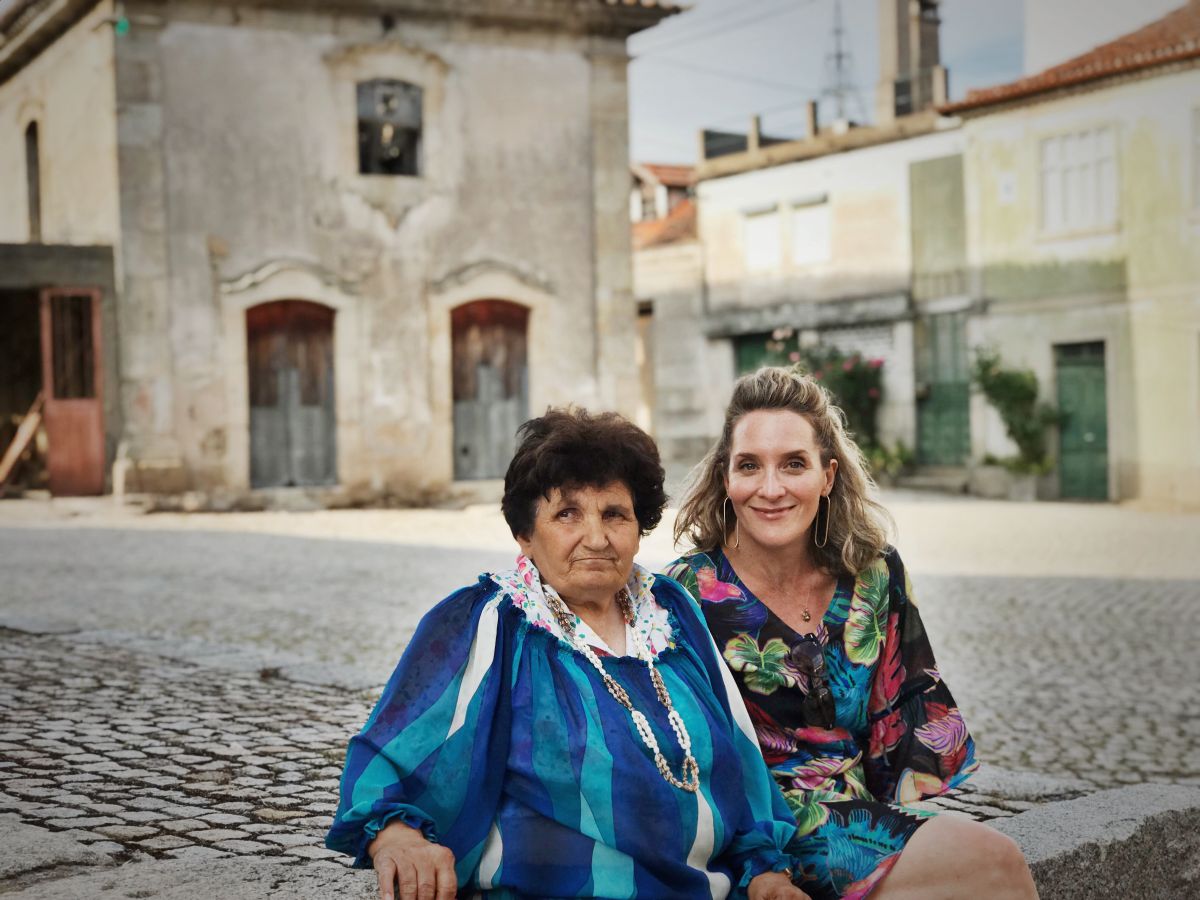
My wine tourism journey ended with a full moon and a special night at Casas do Coro in the historic village of Marialva. The old village, with a castle and only thirty permanent residents, is part of the Aldeias Históricas de Portugal or Historic Village programme which is breathing life back into forgotten villages of rural Portugal. Some of the deserted houses in the old village have been restored and transformed into a remarkable boutique hotel, giving guests the chance to become part of life in a once forgotten village for a few days.
Rural Portugal is just magical, best explored slowly and with purpose. Guests staying at Casas do Coro can explore the surrounding area and village by bicycle or with local guides. The option of using a motorised bicycle is handy considering the amount of hills and wine you will consume with every delicious meal.


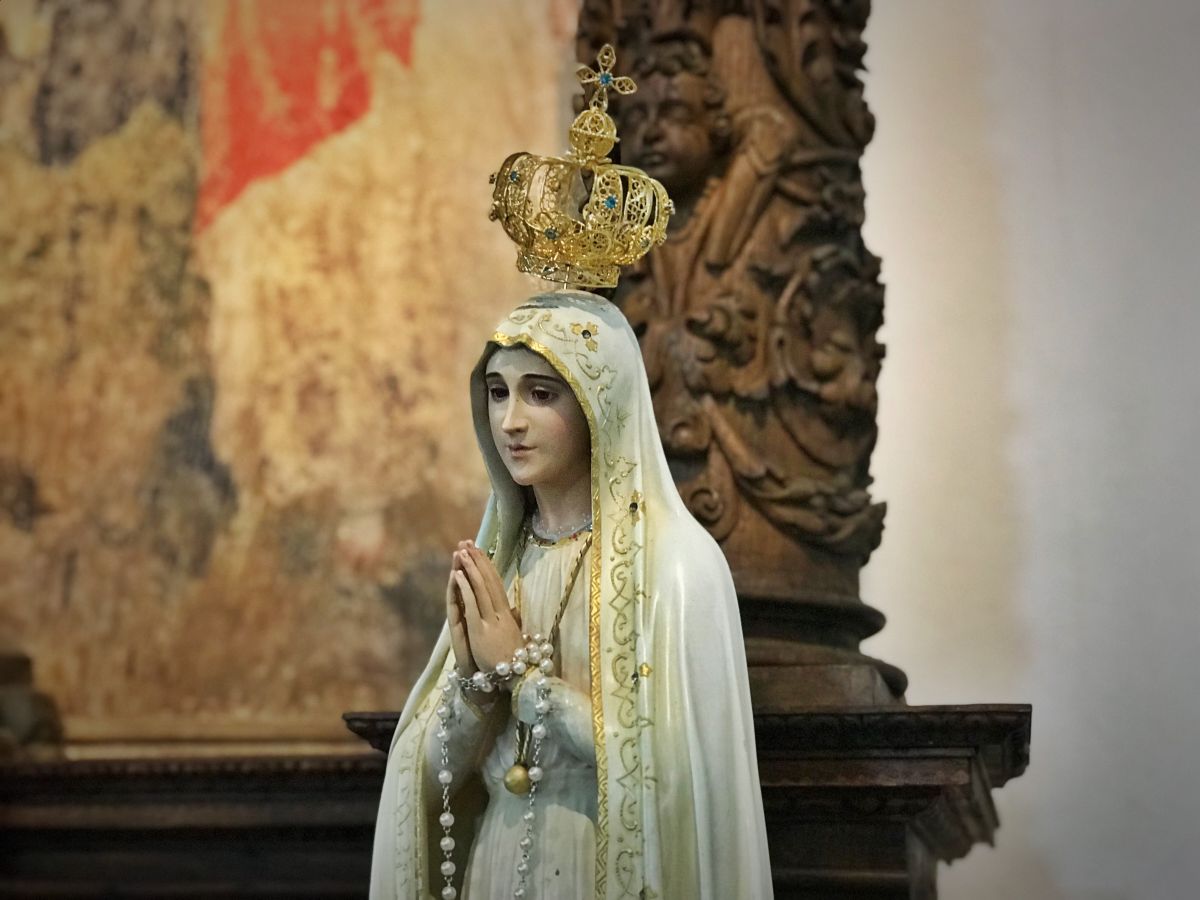
Casas do Coro epitimises the new luxury, not defined by glitz and glamour, but by timeless design, soulfulness, history and a real connection with the place and people that give it the kind of character that cannot be found anywhere else. I felt like I had stumbled upon a secret world, a world I didn’t want to tell too many people about, where time stood still and where I wanted to stay for a very long time to refresh my body, mind and soul.

The perfect last meal
Portugal tastes really good. A last meal on our way back to Lisbon and the airport at a tiny local restaurant in Tomar was the perfect end to an unforgettable week in the Douro Valley. Casa das Ratas is as Portuguese as it gets and is a celebration of good produce served simply. We feasted on fried Mackerel, tomato rice with steamed cabbage, a simple tomato salad and fresh bread dunked in olive oil and washed down with a last bottle of Douro wine. A thoroughly drunken pear and espresso completed the meal.
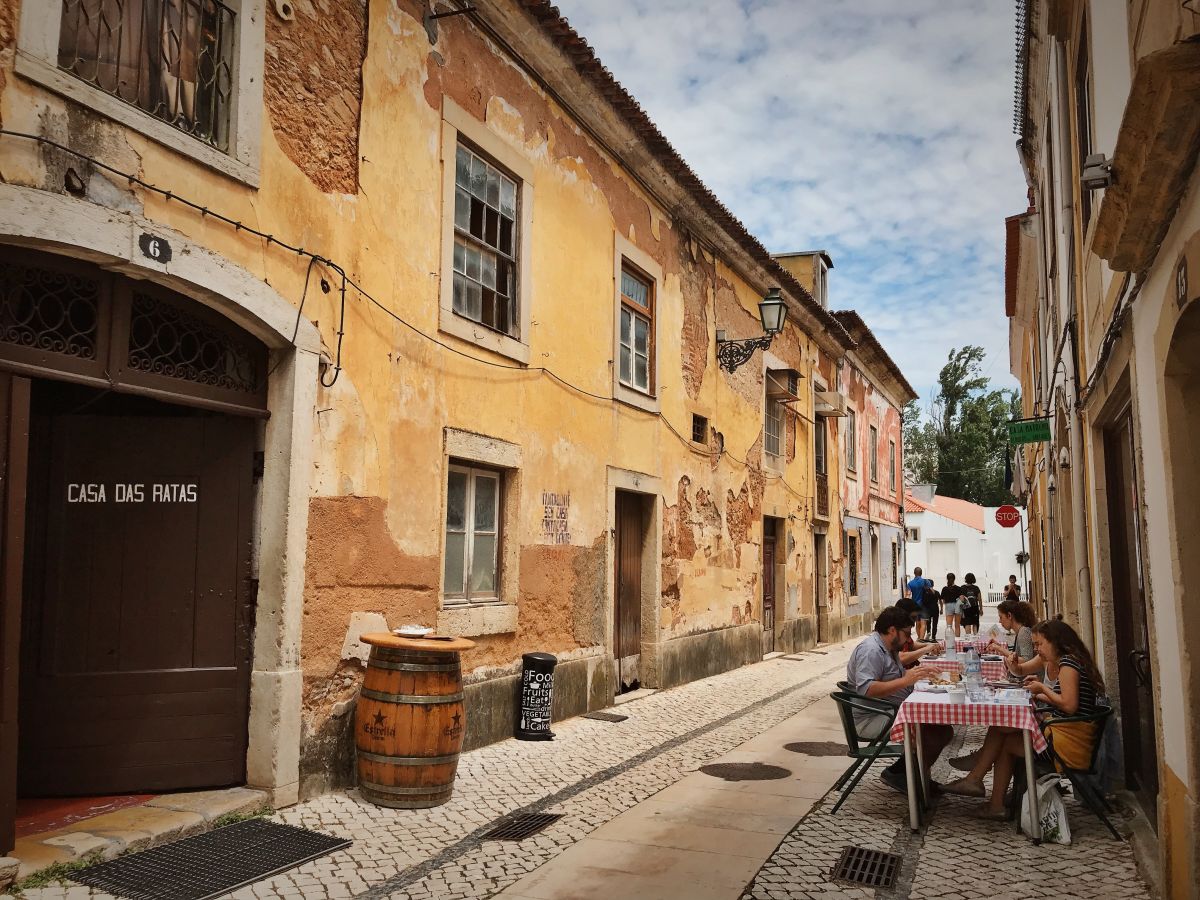
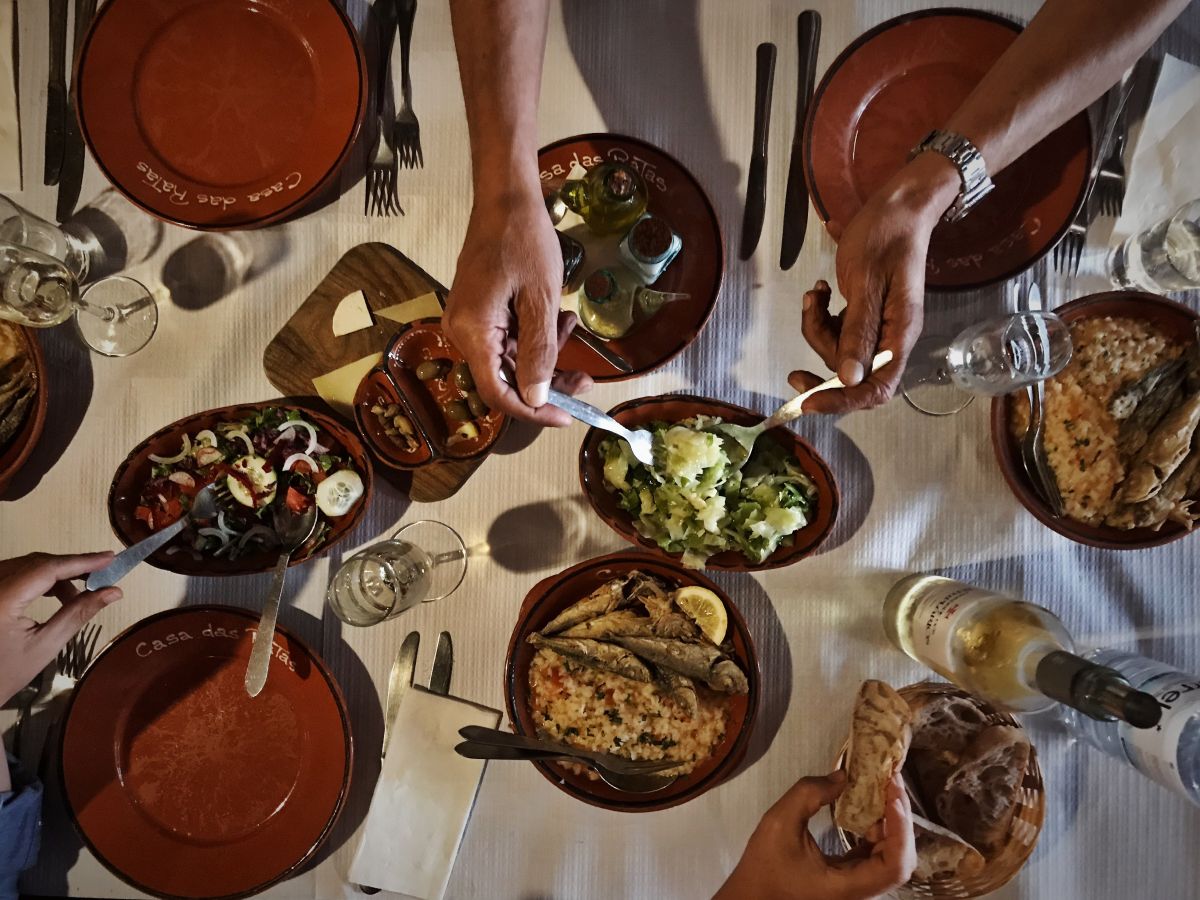
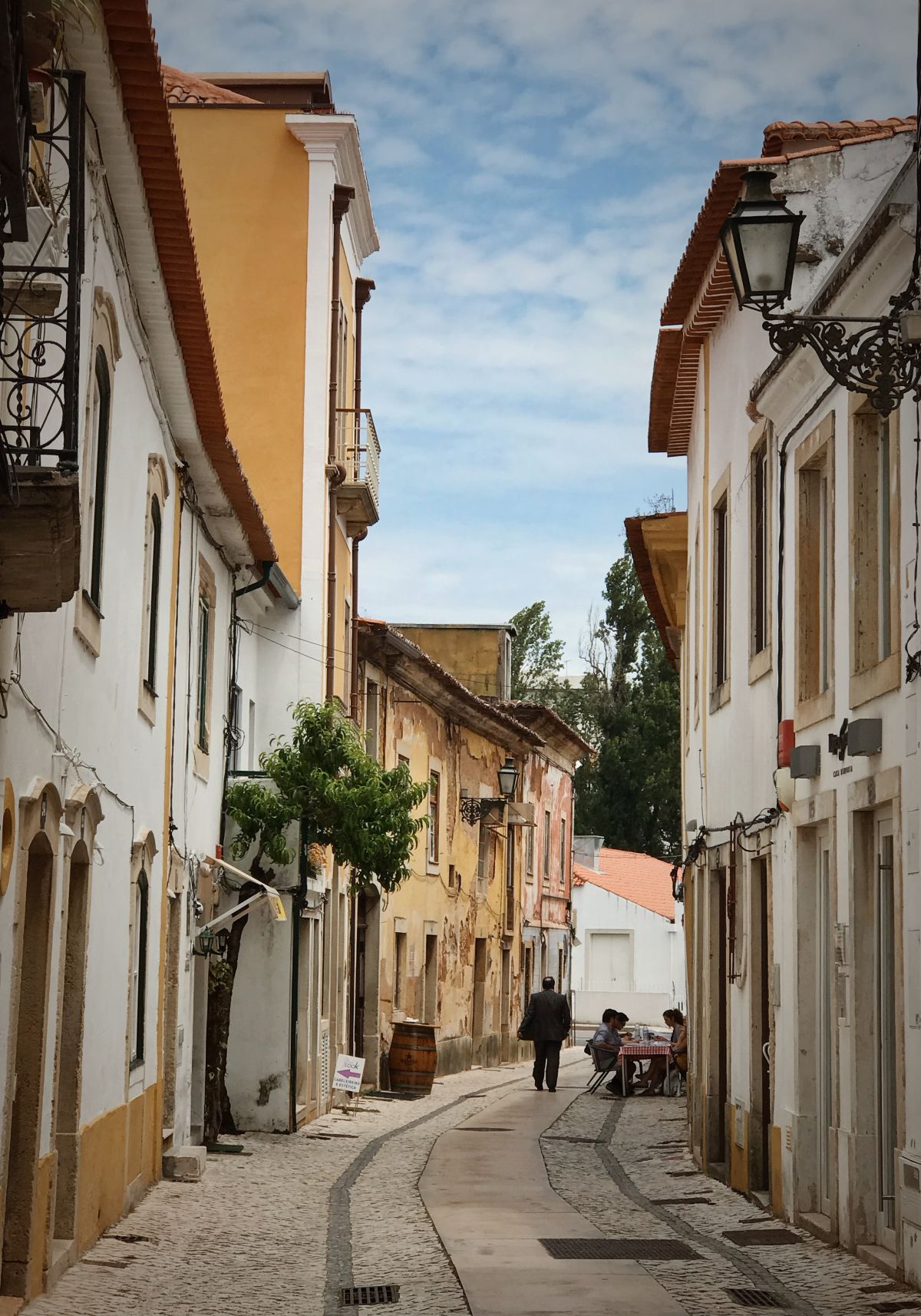
It was time to go home, but with the knowledge that this was only the beginning of a lifelong love affair with Portugal.
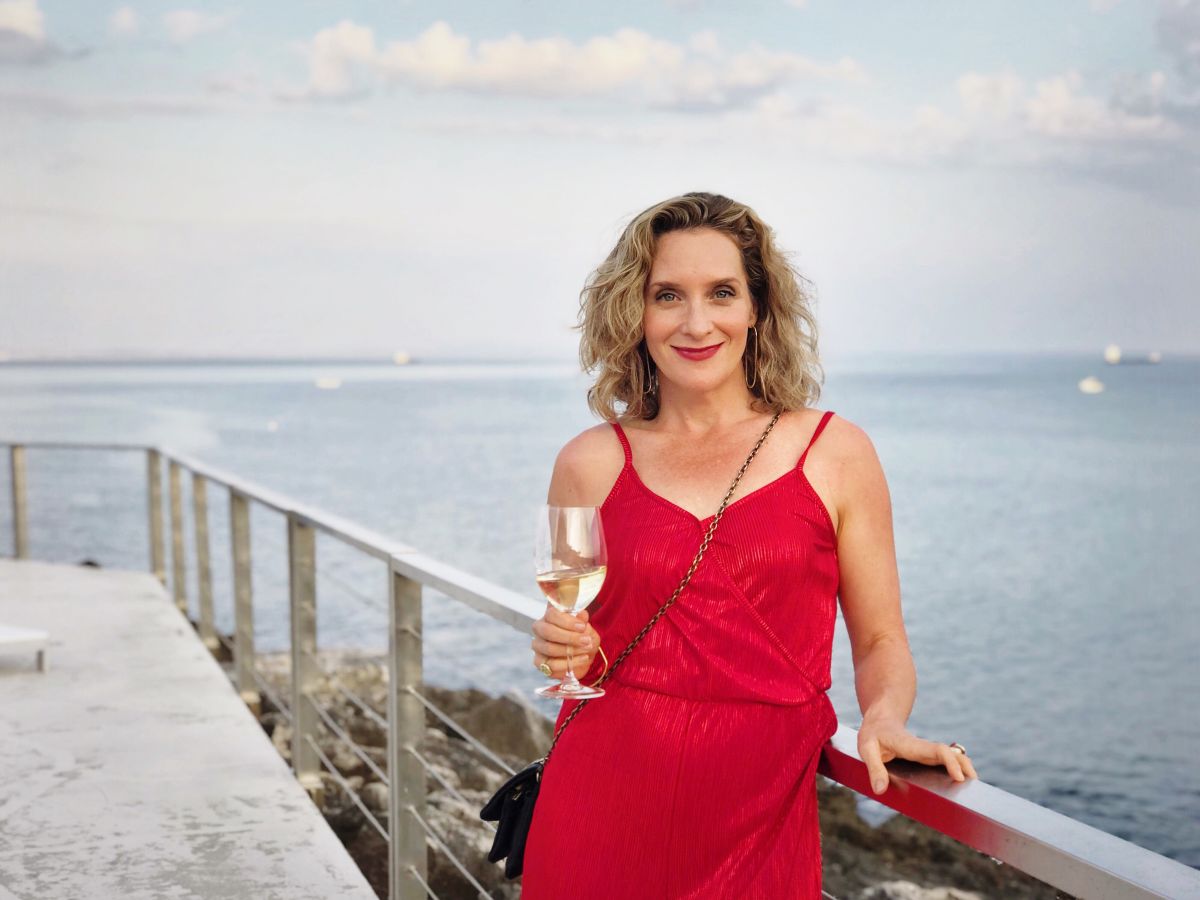
I was a guest of MUST Wine Summit and the Portuguese Tourism Board and would like to express my sincere gratitude to them for hosting me and making this journey into the heart of Portugal and its wine regions possible.